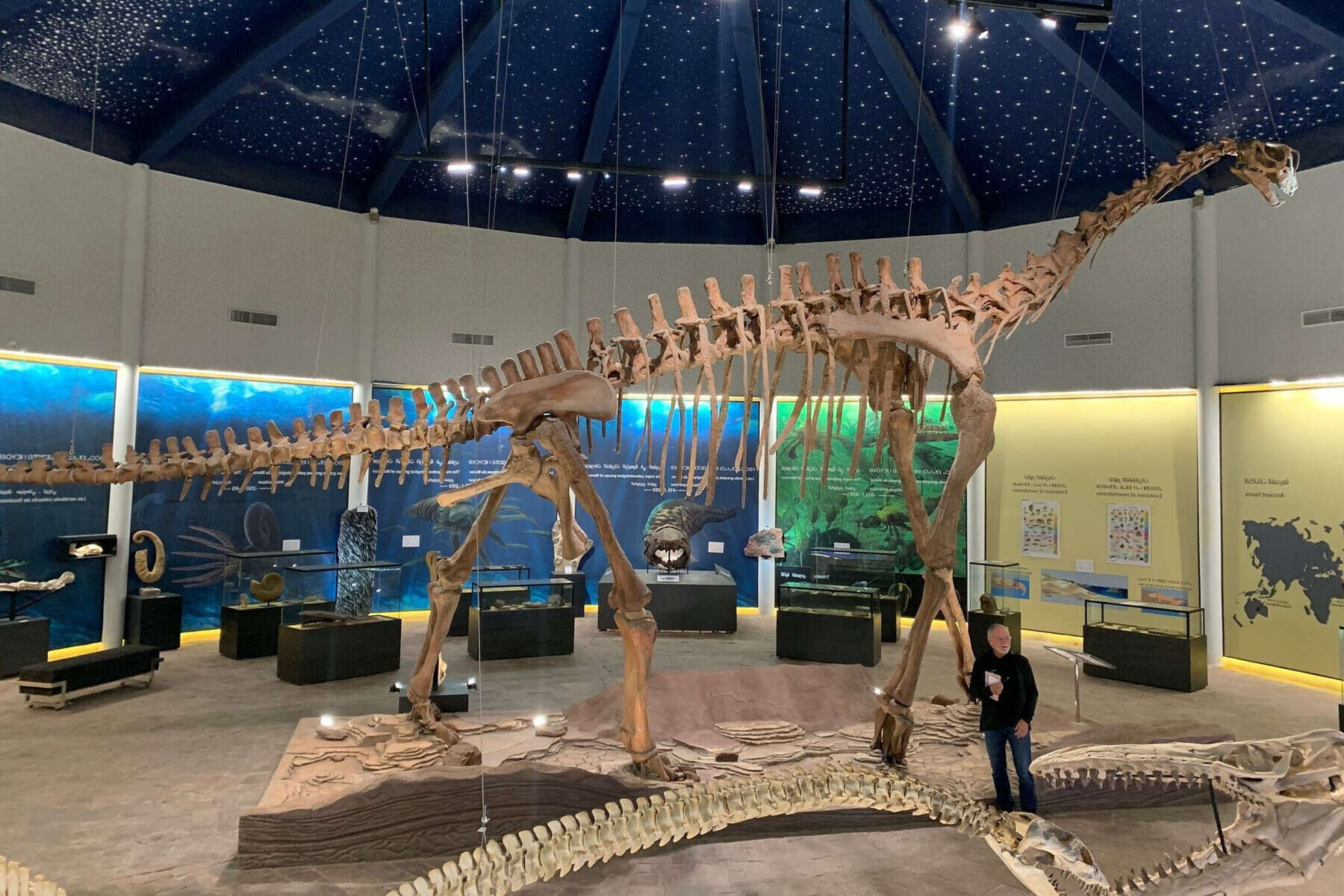
Ever wondered what makes a Dinosaur Museum so special? These incredible places are more than just buildings filled with old bones. They are time machines that transport us millions of years back to when dinosaurs roamed the Earth. Imagine standing next to a towering T-Rex skeleton or marveling at the intricate details of a Triceratops skull. Dinosaur Museums offer a unique blend of education and adventure, making them perfect for curious minds of all ages. From interactive exhibits to life-sized models, these museums bring prehistoric creatures to life in ways you never thought possible. Ready to uncover some amazing facts about these fascinating institutions? Let's dig in!
Key Takeaways:
- Dinosaur museums are exciting places where you can see real fossils, life-sized models, and even "walk" with dinosaurs using virtual reality. They also help protect fossils and educate people about their importance.
- Dinosaur museums have a rich history dating back to the 19th century and are found all over the world. They offer interactive exhibits, behind-the-scenes tours, and even help discover new dinosaur species!
Dinosaur Museums: A Journey Through Time
Dinosaur museums offer a fascinating glimpse into the prehistoric world. These institutions house fossils, life-sized models, and interactive exhibits that bring the age of dinosaurs to life. Here are some intriguing facts about dinosaur museums.
The Origins of Dinosaur Museums
Dinosaur museums have a rich history that dates back to the 19th century. They began as small collections and have grown into major educational centers.
- The first dinosaur museum was established in 1824 in England.
- The American Museum of Natural History in New York opened its dinosaur hall in 1905.
- The Field Museum in Chicago houses one of the largest T. rex skeletons, named Sue.
- The Natural History Museum in London has over 80 million specimens, including many dinosaur fossils.
Famous Dinosaur Exhibits
Some dinosaur exhibits have gained worldwide fame due to their size, uniqueness, or historical significance.
- The Tyrannosaurus rex named Stan is one of the most complete T. rex skeletons ever found.
- The Diplodocus skeleton in the Carnegie Museum of Natural History is 84 feet long.
- The Triceratops named Horridus at the Melbourne Museum is one of the most complete specimens.
- The Giganotosaurus in the Fernbank Museum of Natural History is one of the largest carnivorous dinosaurs.
Interactive and Educational Features
Modern dinosaur museums offer interactive exhibits and educational programs to engage visitors of all ages.
- Many museums have virtual reality experiences that allow visitors to "walk" with dinosaurs.
- Interactive dig sites let children and adults uncover replica fossils.
- Educational programs often include lectures, workshops, and guided tours.
- Some museums have mobile apps that provide additional information and augmented reality features.
Unique Dinosaur Museums Around the World
Dinosaur museums can be found in many countries, each offering unique exhibits and experiences.
- The Royal Tyrrell Museum in Canada is dedicated entirely to paleontology.
- The Zigong Dinosaur Museum in China is built on a major dinosaur fossil site.
- The Dinosaur National Monument in the USA features fossils embedded in rock walls.
- The Fukui Prefectural Dinosaur Museum in Japan has over 40 dinosaur skeletons on display.
Behind the Scenes: Paleontology Labs
Many dinosaur museums have paleontology labs where scientists study fossils and make new discoveries.
- Paleontologists often prepare fossils for display in museum labs.
- New species of dinosaurs are sometimes discovered in these labs.
- Museums often collaborate with universities and research institutions.
- Some museums offer behind-the-scenes tours of their paleontology labs.
Dinosaur Museums and Conservation
Dinosaur museums play a crucial role in the conservation and preservation of fossils.
- Fossils are carefully preserved to prevent damage from light, humidity, and temperature changes.
- Museums often work with local governments to protect fossil sites.
- Many museums have programs to educate the public about the importance of fossil conservation.
- Some museums participate in international efforts to combat fossil smuggling and illegal trade.
The Final Roar
Dinosaur museums offer a fascinating glimpse into the past. They house incredible fossils, interactive exhibits, and educational programs that captivate visitors of all ages. From the towering T. rex skeletons to the delicate fossilized plants, these museums provide a unique opportunity to learn about the Earth's history and the creatures that once roamed it.
Visiting a dinosaur museum isn't just about seeing bones; it's about understanding the evolution of life and the planet's geological changes. Whether you're a budding paleontologist or just curious, these museums offer something for everyone. So next time you plan an outing, consider stepping back in time and exploring the wonders of a dinosaur museum. You'll leave with a newfound appreciation for the ancient world and the incredible creatures that once called it home.
Frequently Asked Questions
Was this page helpful?
Our commitment to delivering trustworthy and engaging content is at the heart of what we do. Each fact on our site is contributed by real users like you, bringing a wealth of diverse insights and information. To ensure the highest standards of accuracy and reliability, our dedicated editors meticulously review each submission. This process guarantees that the facts we share are not only fascinating but also credible. Trust in our commitment to quality and authenticity as you explore and learn with us.
